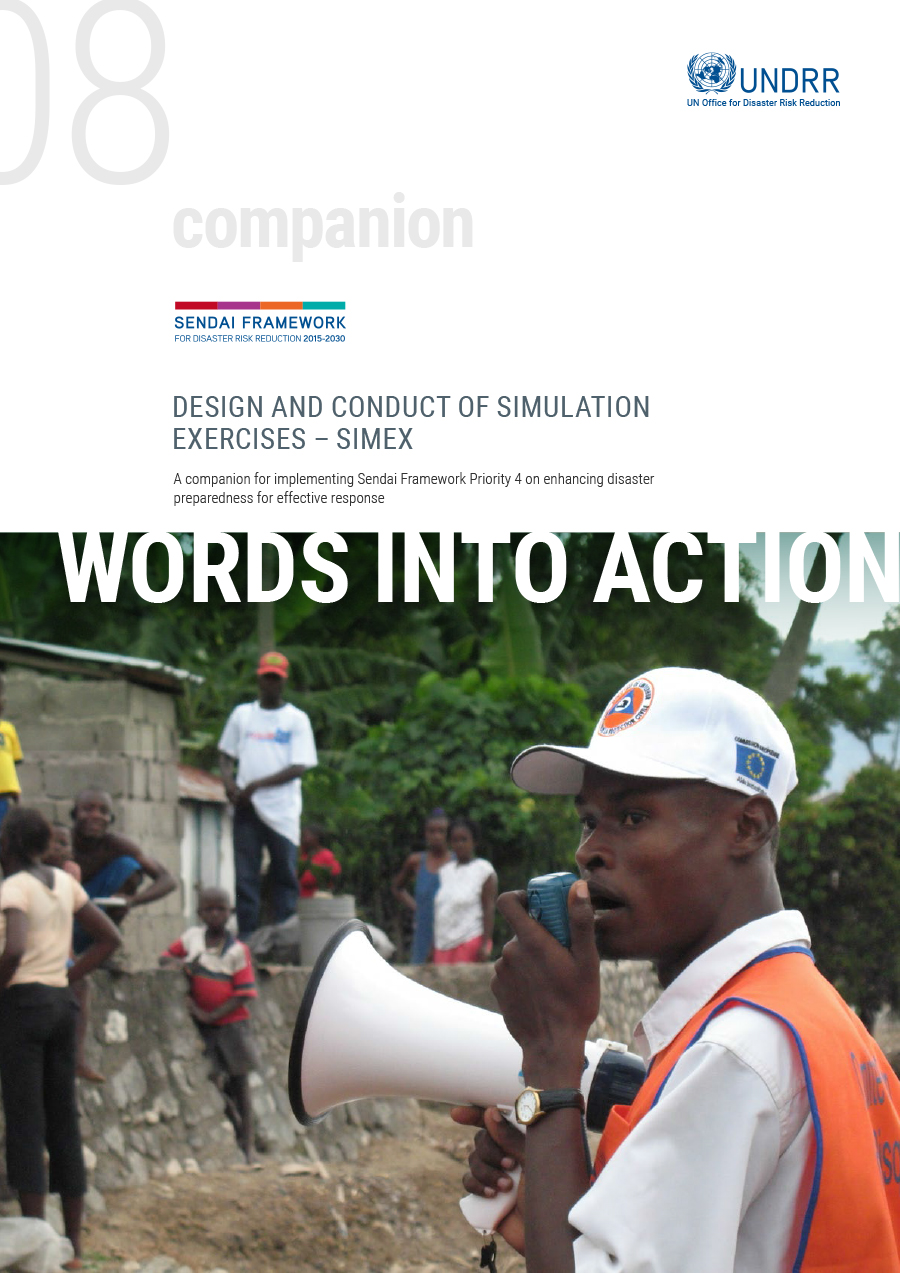Engaging Children and Youth in Disaster Risk Reduction and Resilience Building
Engaging Children and Youth on the Frontline of Disaster Risk Reduction and Resilience
Representing more than half the world’s population, children and youth under age 30 stand to benefit the most from reducing the risk and impact of disasters. Often hit first and hardest when disasters strike, children and youth experience disproportionately large impacts to their physical and mental health; nutritional needs; access to education; economic opportunities; exposure to violence as well as many other limiting side effects. Children and youth living in poverty and other vulnerable situations face even bigger risks, especially as climate change increases the magnitude and number of disasters around the world. Ensuring that their needs are met and their contributions are integrated into disaster reduction efforts is critical to upholding their rights.
This 2020 Words into Action guide on Engaging Children and Youth in Disaster Risk Reduction and Resilience Building offers access to global expertise, communities of practice and networks of practitioners with specific advice on how to support and engage children and youth.
4 ways the Sendai Framework benefits the health of children
Find out how children and youth can play meaningful roles in disaster risk reduction and support the four Sendai Framework priorities.
Youth Voices - The children's
charter
The Children's Charter for Disaster Risk Reduction (DRR) is an action plan developed in consultation with over 600 children and youth from 21 African, Asian and Latin American countries.


Children and youth are critical stakeholders in DRR
In this podcast, Mami Mizutori the Special Representative of the UN Secretary-General for Disaster Risk Reduction (DRR), youth representative Marwa El-Menshawy and other experts explain how to undertake DRR efforts for and with children and youth that are meaningful, inclusive, collaborative and, above all, effective.
Success Stories
Philippines: School-watching teams improve safety
Students in public elementary and secondary schools across the Philippines participate in government promoted school-watching programmes to help keep them safe before and after hazardous events.
Part of the CLIKS Mobile programme, students gather and share information about hazards and create maps that contain safety information. The programme includes a an app that helps to automate data gathering.
Europe: Child-centred disaster planning
Cultures of Disaster Resilience among Children and Young People (CUIDAR) collaborates across boarders to enhance the resilience of children, young people and urban societies to disasters.
In consultation with children across Europe, CUIDAR developed culturally sensitive disaster plans that incorporate youth perspectives of emergency planning processes, from preparedness to recovery and rebuilding.
Colombia: The school of our dreams
Children and youth in Colombia share what they know about disaster risk and armed conflict in a song, "A school protected from risk."
A creative approach to DRR engagement, the project uses music to teach others about the value of protective and protected schools. The lyrics also promote the actions students, their peers and adults can take to make their dreams a reality.
Words into Action
All the guides in the series










